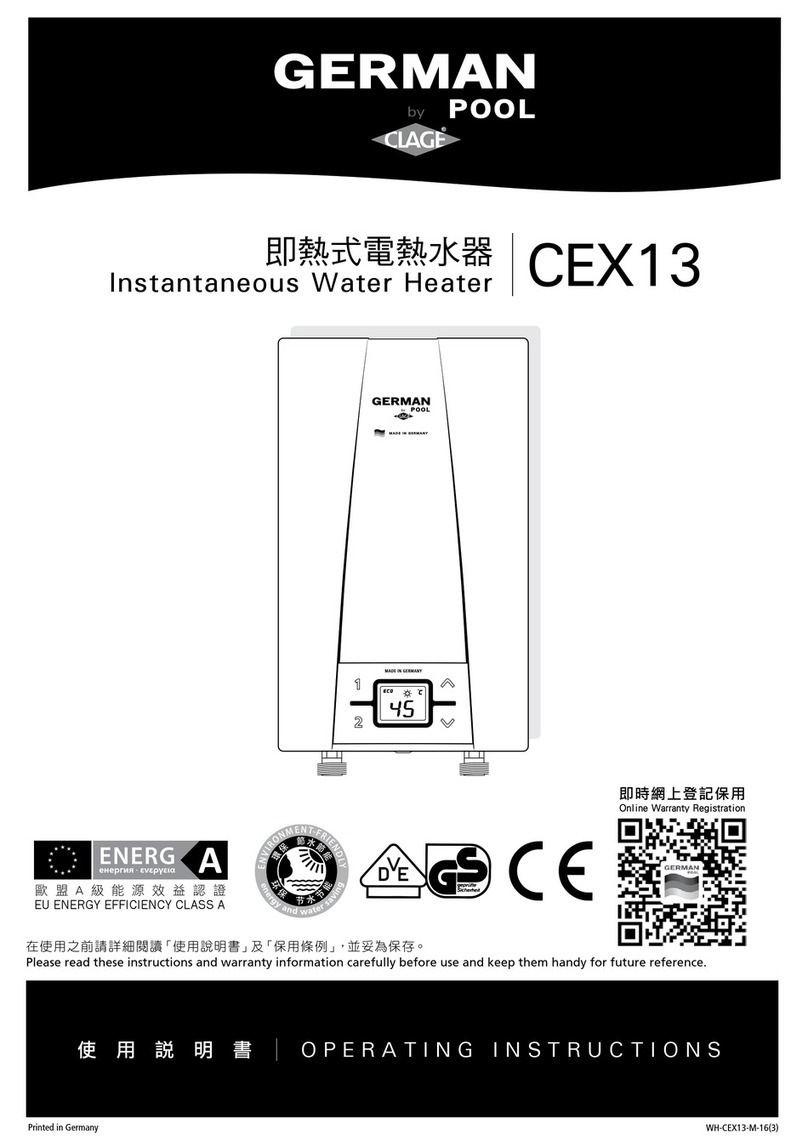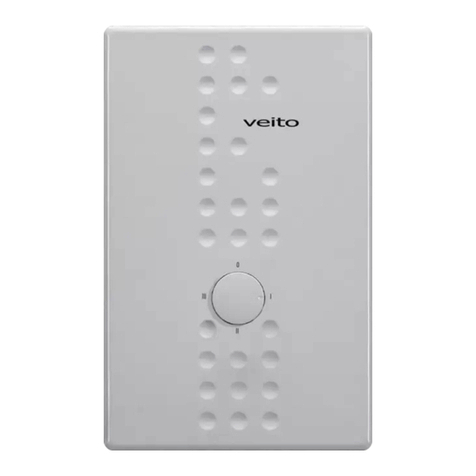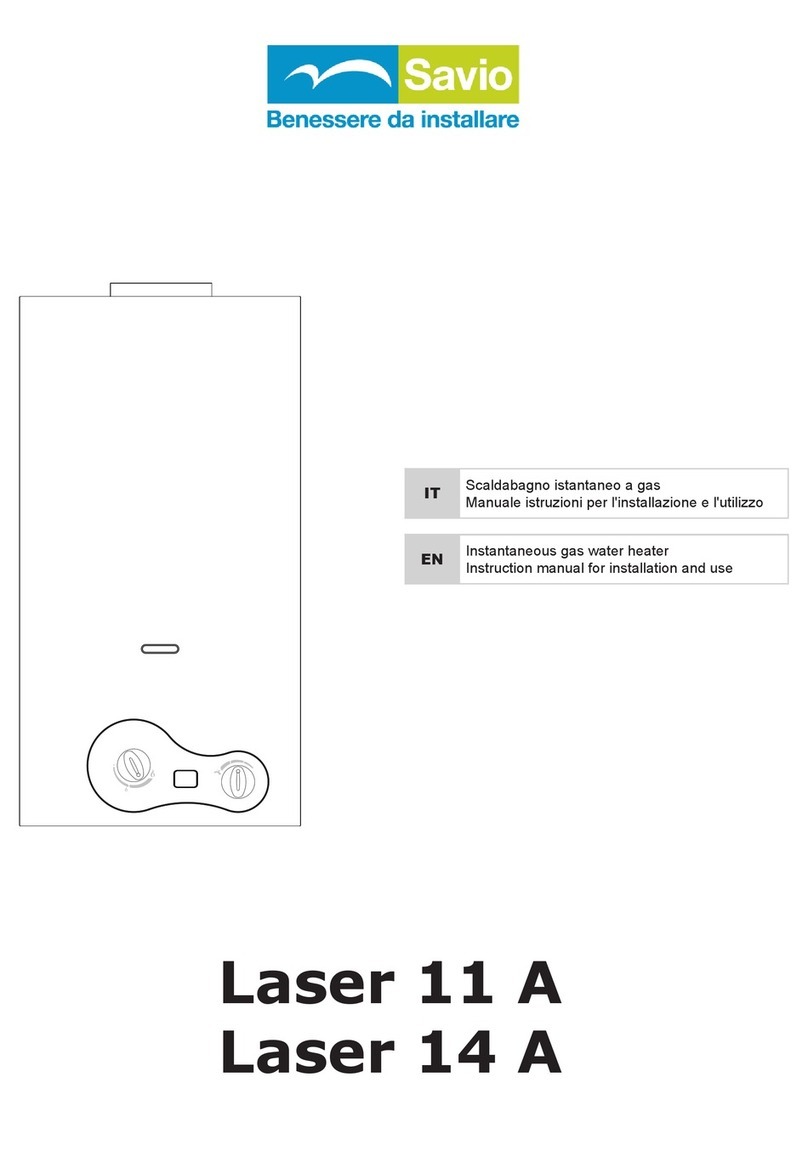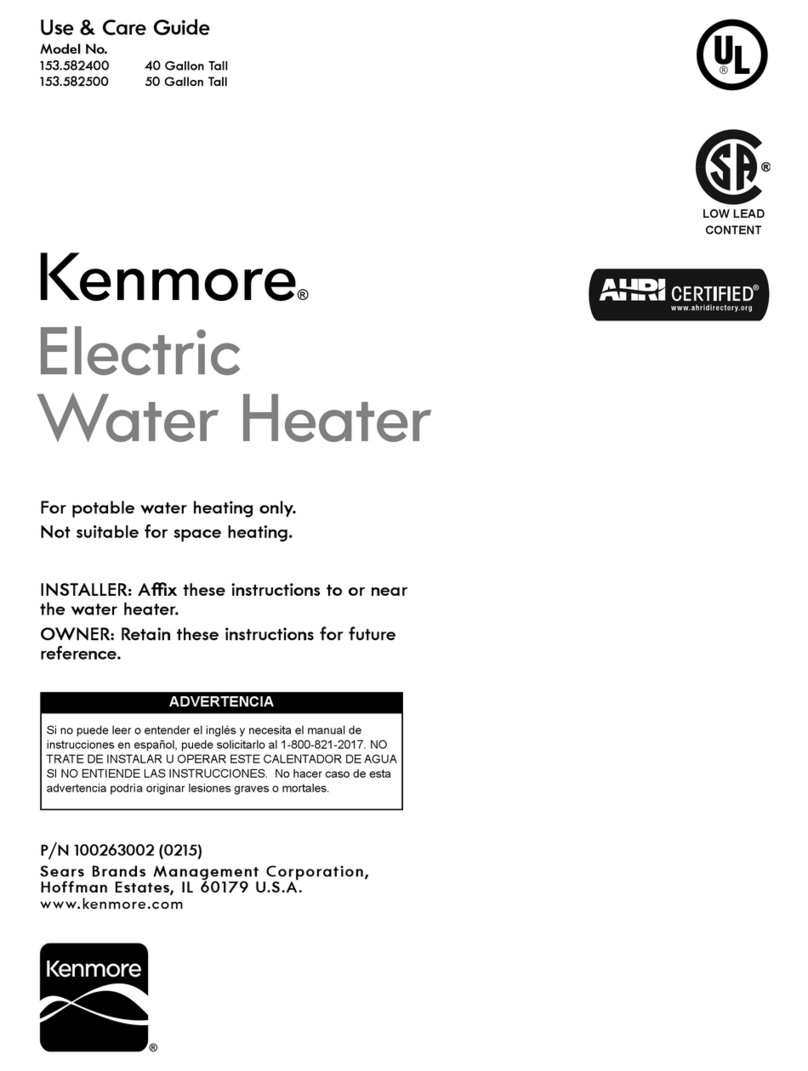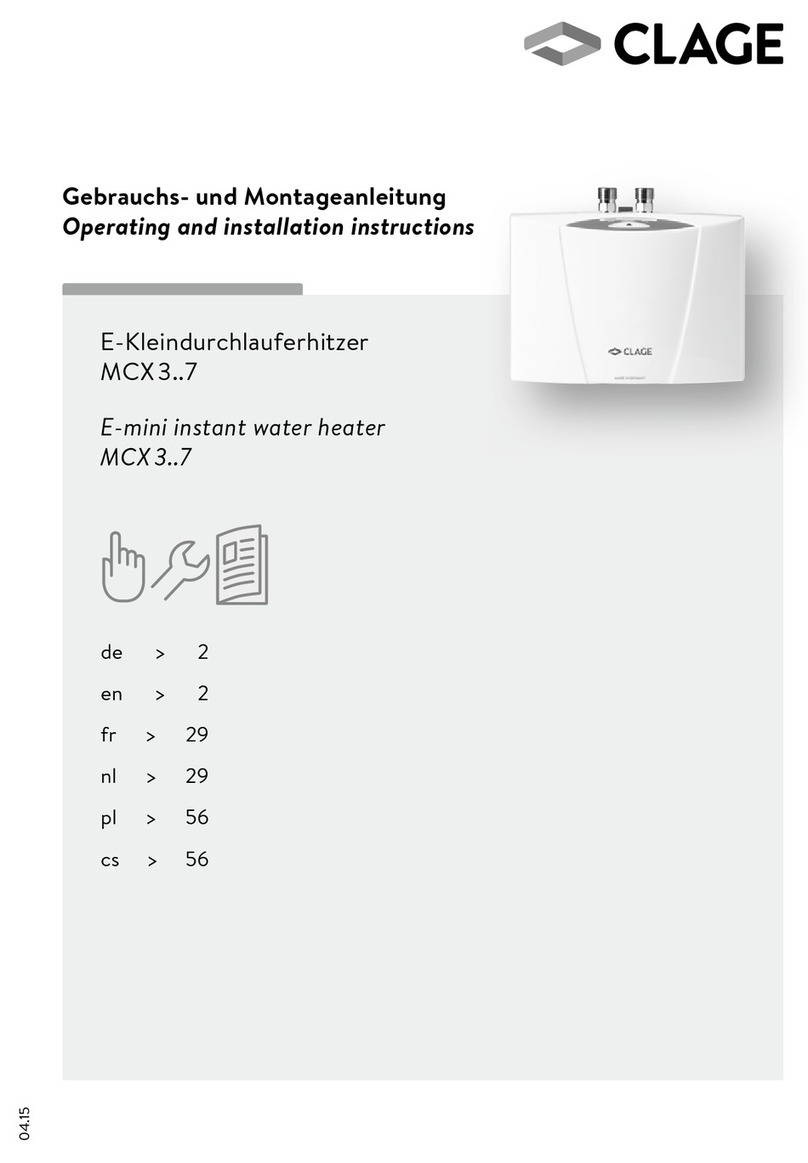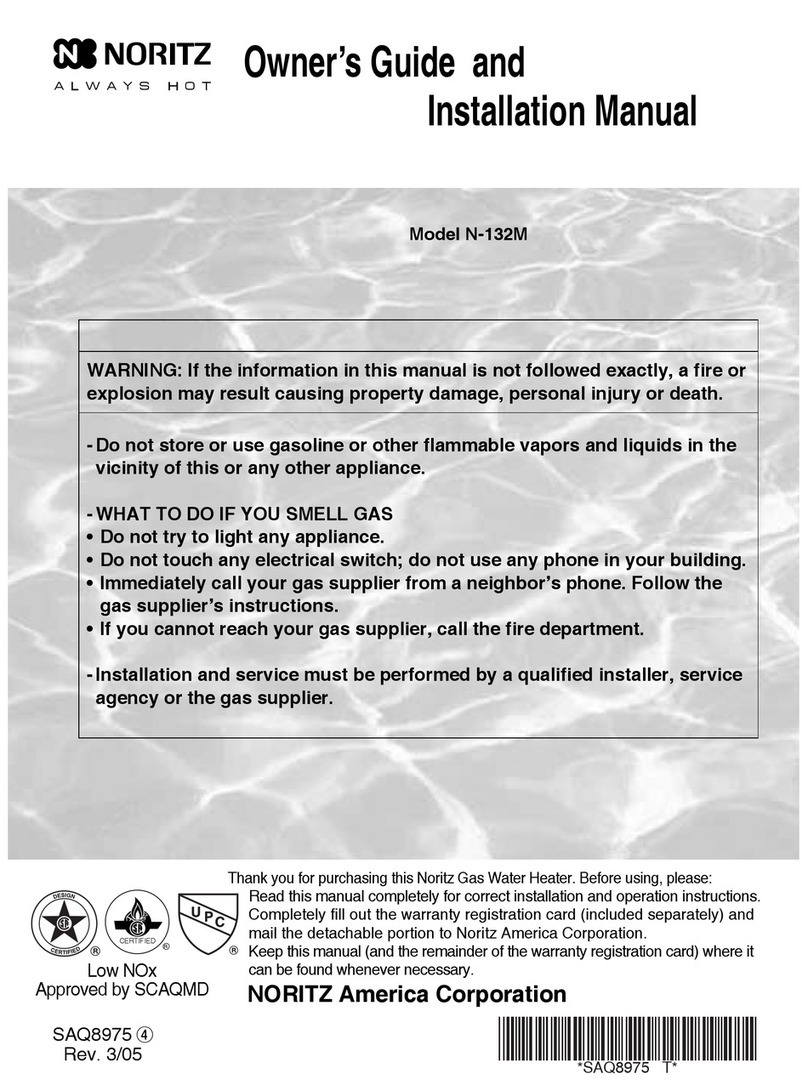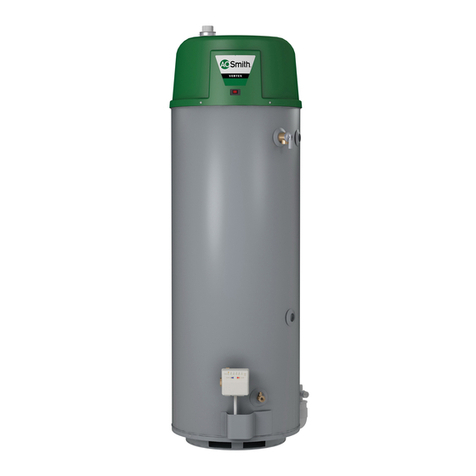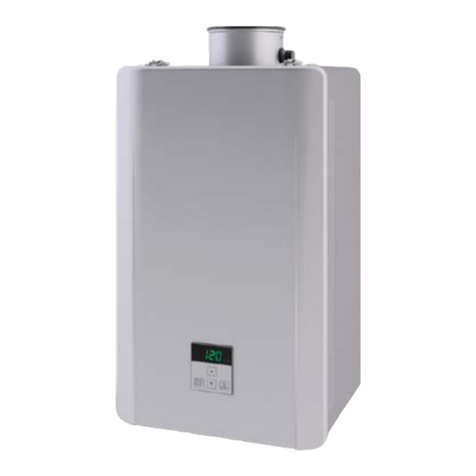Easy 6 step
Installation Guide
Congratulations on your choice of a Bushmans tank.
In the world’s driest continent every drop of water is precious
and every Australian needs to do their bit to save Australia’s
water. Your purchase of a Bushmans tank demonstrates your
commitment to water conservation.
Bushmans have designed and manufactured your tank to give
you long, trouble-free service. In the unlikely event that a
manufacturing fault emerges, it will be fixed or replaced as
per the Bushmans Guarantee. (See written Guarantee on the
Bushmans website).
The important information in this Installation Guide will help you
prepare for the arrival of your Bushmans tank. There are two types
of delivery depending on your readiness and safe site access.
If your site is fully prepared and you provide safe access, then
you can have your tank placed onto your prepared site. This is
called an on-site delivery and it includes tank fitting by our
driver. If you are not ready to install your tank or it is unsafe
to place your tank on your chosen site, our driver will roll-off
deliver your tank. (See check lists over).
Remember, your tank must be installed correctly to ensure
long life – and so you do not void your guarantee.
If you have any concerns, please call
Bushmans on 1800 00 88 88 or visit
bushmantanks.com.au
Decide on Your Plumbing Fittings
Please advise prior to delivery if you need any extra fittings
or valves and the driver will bring them. If your local council
requires a pressure tested valve, these can also be supplied for
an additional charge. Purchase of all other plumbing fittings and
pipes are the responsibility of the purchaser.
When plumbing your inlet, overflow or outlets please be aware
your poly tank will expand and contract during service. Typical
plumbing fittings of PVC or metal are relatively rigid and
inflexible. When making your plumbing connections, ensure
you allow for your poly tank to move from its original position.
Please note our guarantee specifies a 300mm flexible hose be
fitted to the outlet.
Delivery
We will deliver within our delivery areas, provided conditions
are met per the check lists for on-site delivery or roll-off
delivery. Bushmans will telephone to confirm the delivery date,
allowing plenty of time to prepare.
If the Bushmans truck arrives to deliver your tank, and there is
insufficient assistance or unsafe access to unload, then the tank
will not be left at the site. Bushmans will automatically attempt
delivery again at the customer’s cost.
Safe Access
Our truck may be up to 21 m long, 2.5 m wide and 5.2 m tall,
depending on loads required for your region at the time. If you
cannot accommodate a semi-trailer at your property you must
advise so we can arrange delivery with a different vehicle.
Prior to delivery check gates, roads, roundabouts, crossings and
overhanging trees on your property so that we can deliver your
tank without damage. Provide safe access by ensuring that the
area to unload the tank is level and clear of building material.
It must be possible to roll the tank to the installation site
without damaging the tank. Please note that if a crane or other
equipment must be used during delivery, hire of this equipment
is at the purchaser’s expense.
Organise Assistance
Our driver will need help to unload your tank from the truck,
therefore, could you please have able-bodied people available to
assist at time of delivery. Drivers will not unload or transport the
tank to the installation site if insufficient assistance or unsafe
access is provided. If assistance cannot be provided then hire
or use of any equipment is at purchaser’s expense i.e crane hire,
4WD tractor hire, backhoe hire, frontend loader hire. Our drivers
and service people are not allowed to work at heights and
therefore cannot assist in placing or servicing tanks on stands.
Secure Your Tank
When your tank arrives you must put at least 25 mm (1”) of
water into the tank or otherwise secure your tank from being
blown away. Bushmans take no responsibility for tanks being
damaged in this manner.
Tank fitting for roll-off delivery
Step 1
Position tank, make sure tank pad is level.
Step 2
Mark outlet position on tank.
Step 3
Drill outlet hole to suit tap or gate valve fitting with either a
22mm spadebit, or a 46 mm (1 inch outlet) or 63 mm (2 inch
outlet) holesaw.
Step 4
Next use 98 mm holesaw to drill out overflow as per Overflow
Installation leaflet in the kit. The overflow must be positioned in
the middle of the flat spot.
Step 5
Insert overflow elbow into drilled hole until seal touches tank
wall and screw into place using supplied screws. Push ‘mozzie’
screen or overflow strainer into overflow outlet hole until it
bottoms out.
Step 6
Remove strainer screws and remove strainer.
Step 7
Place conduit in strainer hole, feed it through drilled outlet hole.
Step 8
To insert brass fitting in outlet, undo nut off outlet and slide
outlet and washer down conduit. Pull through from outside.
Step 9
Screw nut on and tighten firmly by hand (left handed thread).
Step 10
Place thread tape onto outlet thread and fit ball valve. Tighten
with multigrips.
Step 11
Loosen off hand tight outlet nut and move ball valve into upright
position. Tighten outlet nut with multigrips.
Step 12
Place strainer back into tank and screw back in to place so it is
sealed and vermin proof.
Step 13
Assemble flex hose using thread tape and attach elbow to ball valve.
Safety warning
Do not work alone or enter tank. This is a confined space. Always
wear safety gear and safety eye glasses when drilling.
Preparing for your tank
Tools for site preparation and tank fitting
• Pick,shovel,crowbar,level
• Drill,hacksaw
• Holesawsandarbour:
98 mm (overflow)
63 mm for 2 inch or 46 mm for 1 inch (outlet)
22 mm spadebit for 1 inch moulded outlet.
• Multigrips
• Threadtape(plumberstape)
• Ladder
• Electricalconduit(12mm)
• Phillipsscrewdriverbit
(Bushmans truck driver is trained to install tank fittings
and carries tools required for tank fitting).
For more information, freecall 1800 00 88 88
